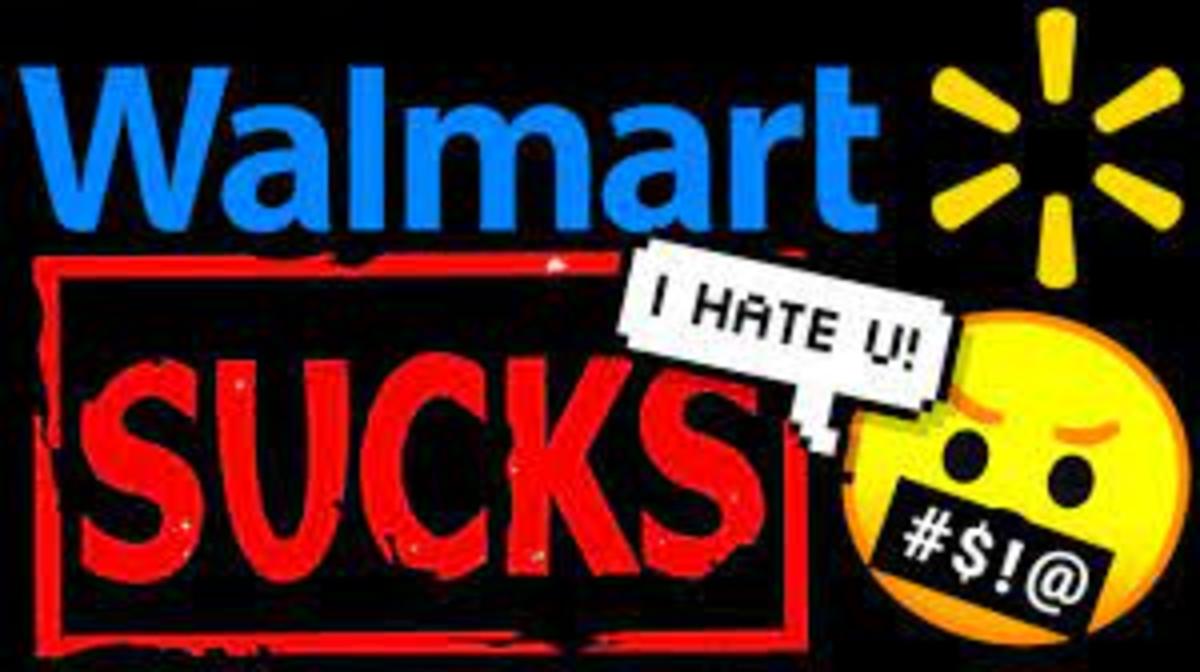Running a Business Into the Ground - What Not to do When Taking Over an Established and Successful Retail Store
Introduction
When taking ownership of a retail business, there are basically two categories:
a. A new business, that you are starting from scratch, and
b. An existing, established business purchased from a previous owner.
Existing, established businesses will be in one of two states – successful and profitable, or poorly run and in trouble. An owner may sell a successful business because he is ready to retire. An owner may sell an unsuccessful business because he realizes he can’t afford to keep it anymore, and wants to get out as much ahead as he can.
What category your business falls under is important, because you may need to take a vastly different plan of action, depending on the state of the existing business. This article will discuss what not to do when you take over an established business that is successful. This is based on my observation of what happened when my boss sold one of his stores to a new owner.
About This Business
This business was sold in 1993 after being owned by my former boss for over 30 years. It was a small grocery store located on a corner in the middle of a residential area of the city. It was away from the main roads. These stores are, at least in many areas, increasingly rare. What made this grocery store was its convenience to the immediate surrounding neighborhoods. That was its main clientele. Instead of driving to the supermarket, you could walk a couple blocks, pick up lunch or dinner, go home and cook it.
The main attraction of the store was the meat counter. It contained all the cuts of meat, from ground beef to ribeye to prime rib. The meat was cut by the owner’s brother right in the back of the store. That is what drove the sale of all the other groceries – the produce, potatoes, spices, pasta. Because of the small volume, and the convenience, the prices were not as cheap as the supermarket. But the meat was delicious, and the customers loved the convenience. The other attraction was the slush machine and the candy/gum. Customers loved the fact that they could let their kids walk to a side street corner store instead of having to drive them to a main road store to get a treat.
How This Business Was Run Into the Ground
When the store was sold in 1993, the new owner immediately implemented changes, and none of them were for the better. Here are examples to follow if you want surefire ways to lose an investment.
1. Be chronically rude to your customers. This, you would think, would not even have to be typed. Sadly, he had this problem. I saw customers that used to patronize the grocery store now coming in to the other store where I worked. One of the most common complaints were the way he and his family treated them since they took over.
2. Get rid of the central attraction of the store. Again, the meat counter was the heart of the store. That was the one thing he could not be without in order for the store to survive. Because of the more expensive prices, if customers could no longer get a good cut of meat from the store, they are going to go to the supermarket. And they are not going to buy the meat at the supermarket and THEN come back to the corner store and purchase everything else for a higher price. They will buy all their dinner items at the same place. The first thing the new owner did when he bought the store was eliminate the meat counter, and put in a video rental. He was trying to convert it from a grocery store to a liquor/party store. Customers did not want that in that area.
3. Make a whole list of immediate changes. If you buy a business that is successful, profitable, and well run, common sense dictates that you should be hesitant to change ANYTHING. You should not make any changes without careful contemplation and consulting with customers. If you make immediate, fast changes to a business that is doing better than average, odds are not in your favor that the changes will be for the better.
4. Try to sell what you want instead of what the customer wants. Business depend on voluntary entry and trade of products for money with customers. You cannot make the customer want something he does not want. If you try to push it on him, he will not fight with you. He will simply go elsewhere.
5. Don’t adequately replenish your stock. Few things will kill a store faster than having virtually no merchandise to sell, or having stale merchandise. Several months after the store was sold, I took a walk through there, and half the shelves were empty.
6. Fight with your employees out in the open when customers are in the store. Two or three people yelling at each other surprisingly tends to make customers uncomfortable. Scenes like that cause the door to be opened with people walking in the direction you don’t want them to walk – OUT.
7. Hire and retain incompetent employees…even if they are family. Of course, if you treat your employees like refuse, you will never be able to keep good ones anyway.
Conclusion
The hardest part of taking over a successful, established business should be obtaining the money to buy it. Learn from the previous owner what to order, and how much. All the right policies, vendors, clientele, and sometimes employees are already established and in place. Don't change anything, at least for a while. If down the road you decide to make changes, do so with extreme caution and research. If you run a successful business into the ground, then you probably should not try opening a new store without some serious introspection.





